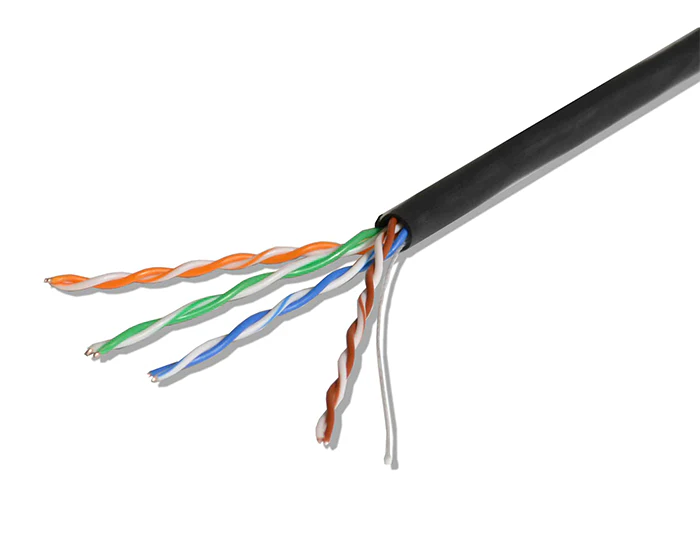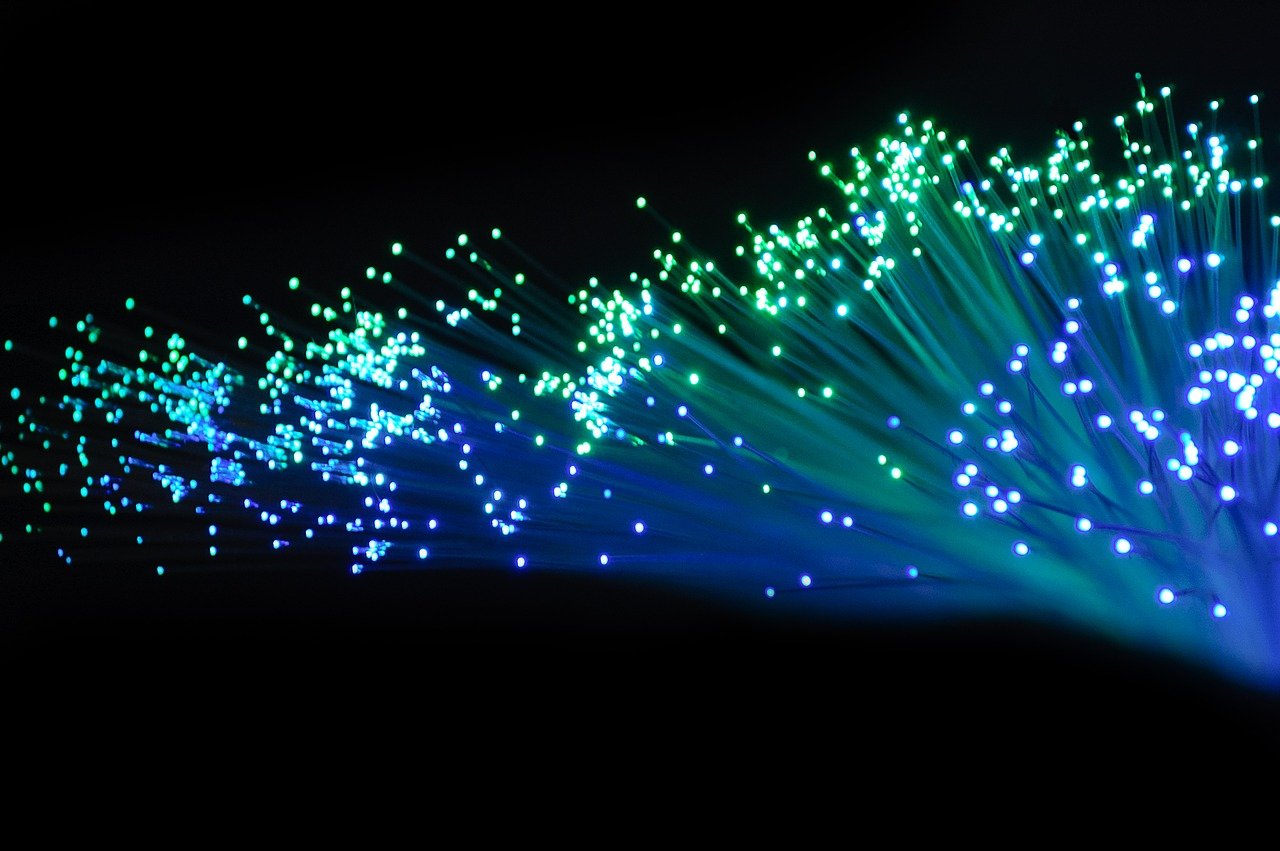Exploring the Advantages of Outdoor Cable for Network Connections

Outdoor Cable
Outdoor cables are essential for establishing reliable network connections in outdoor settings. These cables are specifically designed with weather-resistant materials to endure various environmental conditions, ensuring uninterrupted data transfers and communication connections. The inclusion of UV protection further enhances their durability, making them ideal for prolonged exposure to sunlight. Whether it's for outdoor wiring or networking links, these external cables play a crucial role in maintaining seamless connectivity in outdoor environments.
Weather Resistance
Outdoor cables are engineered to withstand the harshest outdoor conditions, thanks to their durable and robust construction. These cables are crafted from weather-resistant materials that provide exceptional protection against moisture, ensuring uninterrupted network connectivity even in rainy or humid environments.
Durable Materials
Crafted with weather-resistant materials, outdoor cables offer unparalleled durability, making them suitable for all-weather use.
The robust construction of these cables provides resistance to moisture, safeguarding against the damaging effects of rain and humidity.
Temperature Tolerance
Outdoor cables are designed to tolerate extreme temperature variations, from freezing cold to scorching heat.
This all-weather temperature resistance ensures consistent network performance regardless of the prevailing climate conditions.
UV Protection
Outdoor cables are equipped with UV protection, ensuring they are shielded against potential damage from prolonged exposure to sunlight. This feature is crucial for maintaining the integrity and longevity of the cables, making them highly suitable for outdoor use where they may be consistently exposed to the sun's rays.
Sunlight Exposure
The UV protection incorporated into outdoor cables acts as a robust defense mechanism, safeguarding them against the harmful effects of prolonged sunlight exposure.
This solar defense significantly extends the lifespan of the cables, ensuring optimal performance in outdoor settings over an extended period.
Material Integrity
The inclusion of UV protection in outdoor cables plays a vital role in preserving the material's integrity, preventing degradation over time.
By maintaining material integrity, this ultraviolet shielding ensures consistent performance and reliability, even when exposed to direct sunlight for prolonged periods.
Installation & Maintenance
When it comes to outdoor cable installation, following proper guidelines is crucial for ensuring optimal performance and longevity of network connections. Here are some essential installation tips to keep in mind:
Secure the cables in a manner that protects them against environmental elements, such as rain, snow, and direct sunlight.
Use appropriate mounting guidelines to prevent damage from weather conditions and physical wear.
Regular inspections and maintenance are equally important for the upkeep of outdoor cables. By conducting routine checks, potential issues can be identified and addressed early on, preventing network disruptions and ensuring continuous connectivity. This proactive approach helps maintain the reliability of outdoor network connections over time.
Implementing fitting recommendations and servicing the cables according to manufacturer care instructions also contribute to their overall performance and durability.
Outdoor vs. Indoor Cables
When comparing outdoor and indoor cables, it's essential to understand the distinct material differences and application variations that make each type suitable for specific networking needs.
Material Differences
Outdoor cables are constructed with materials specifically engineered to provide enhanced weather resistance, unlike their indoor counterparts. These materials are designed to withstand the harsh outdoor elements, including moisture, extreme temperatures, and prolonged sunlight exposure. On the other hand, indoor cables are not equipped with the same level of weather-resistant materials, as they are intended for use in controlled indoor environments where such protection is not required.
Application Variations
The primary distinction between outdoor and indoor cables lies in their intended applications. Outdoor cables are specifically designed for outdoor installations, where they can endure exposure to environmental elements such as rain, snow, and sunlight. Conversely, indoor cables are meant for indoor use and lack the robust construction needed to withstand outdoor conditions. Understanding these differences is crucial in selecting the appropriate type of cable to ensure reliable network connectivity based on specific environmental requirements.
Outdoor Cable Benefits
Outdoor cables provide a multitude of benefits for establishing reliable network connections in outdoor environments. The superior durability and weather resistance of these cables make them an ideal choice for outdoor wiring needs. The inclusion of UV protection extends their lifespan, ensuring prolonged functionality even in direct sunlight. Understanding the differences between outdoor and indoor cables is crucial for making informed decisions regarding network connectivity needs, especially when considering the unique requirements of exterior cable installations.
See Also
Discovering the Revolutionary Precon Cabling Solution
Revealing the Benefits of Pullable Pre-Connectorized Cables
ADSS Fiber Cable vs. Other Cables: Selecting the Ideal Choice for Long Span Applications


